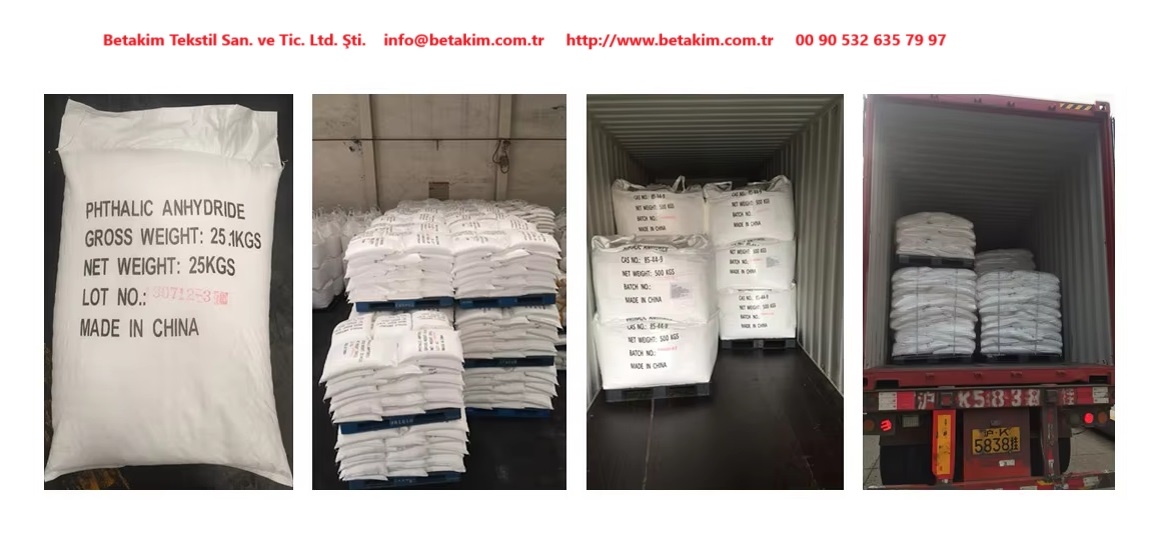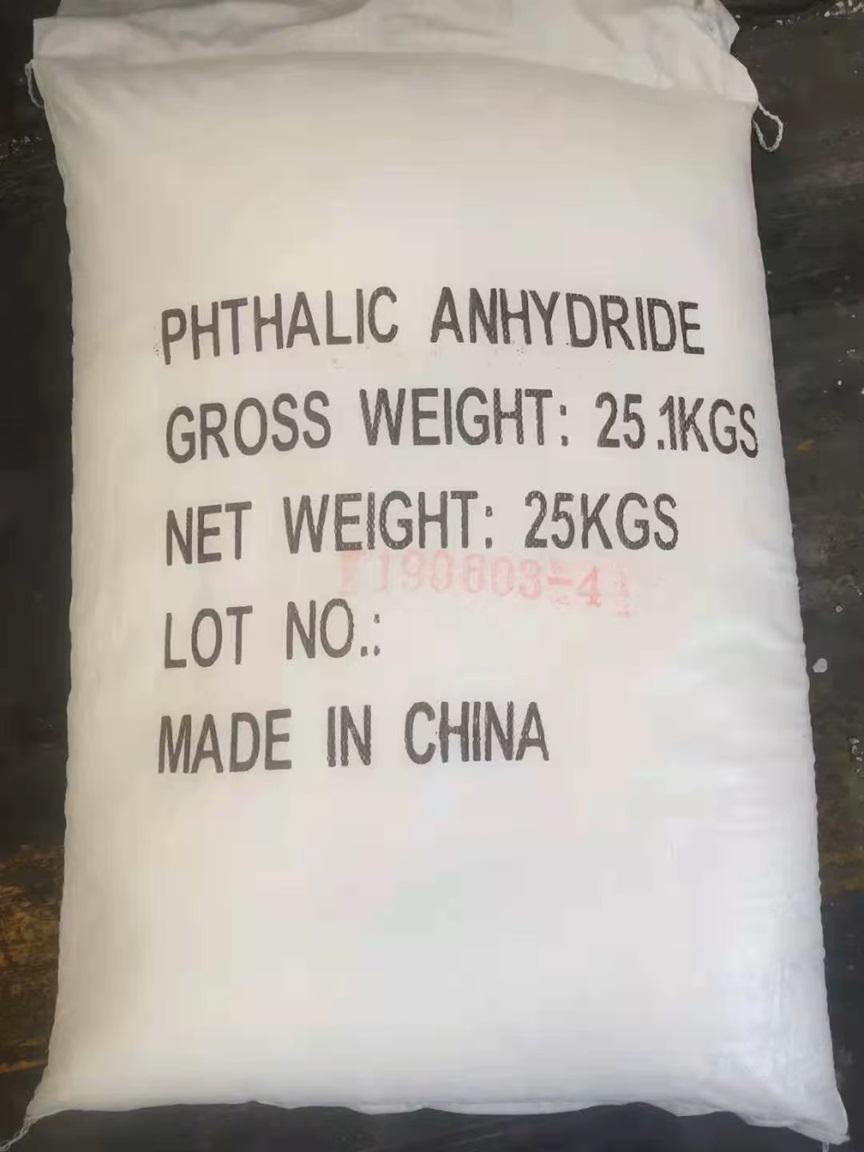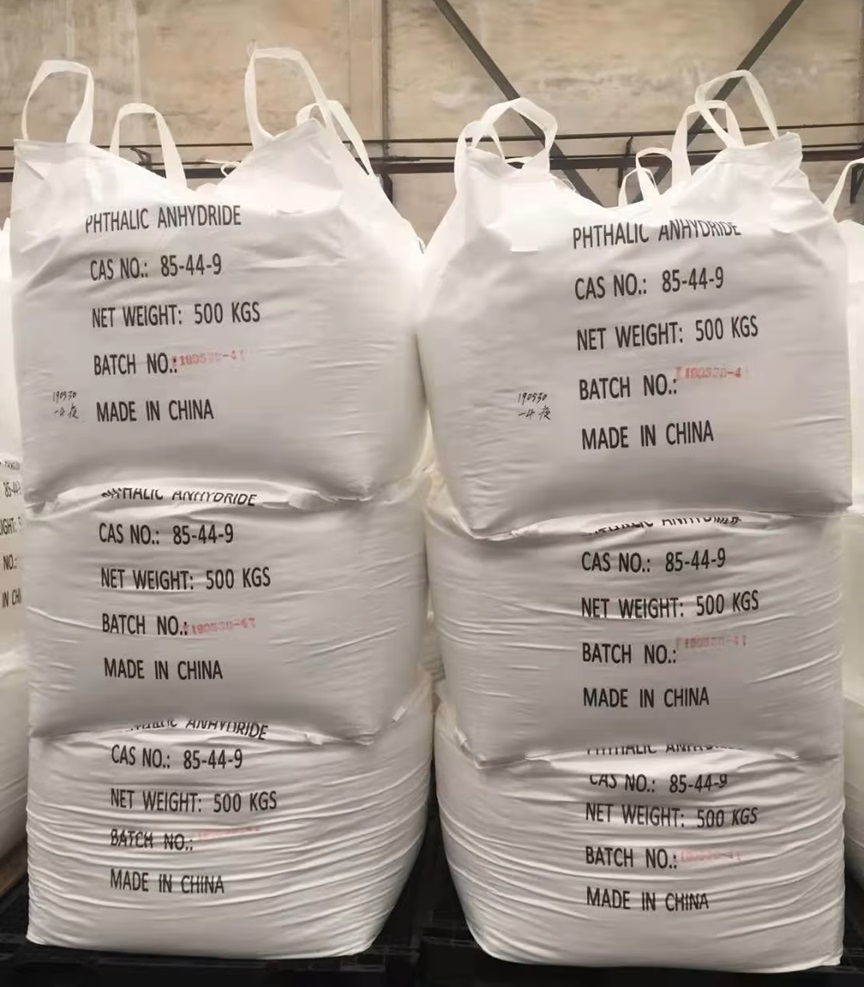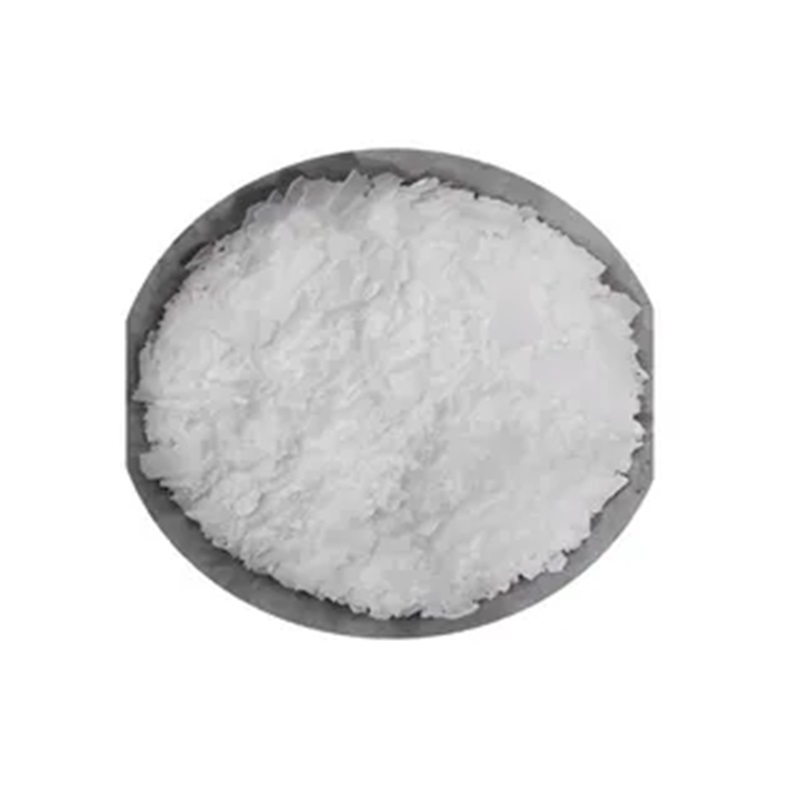Construction, Mining, Metal
Do you have questions?
We unleash your business potential by maximize the business innovation.
Send EmailPhthalic acid, Acide Phtalique, 88-99-3
| Common Name | Phthalic acid | ||
|---|---|---|---|
| CAS Number | 88-99-3 |
|---|
| Density | 1.5±0.1 g/cm3 |
|---|
| Molecular Formula | C8H6O4 |
|---|
| Molecular Weight | 166.131 |
|---|
| Boiling Point | 378.3±25.0 °C at 760 mmHg |
|---|
| Melting Point | 210-211 °C (dec.)(lit.) |
|---|
| Flash Point | 196.7±19.7 °C |
|---|
| Signal Word | Warning |
|---|
| Symbol |  GHS07 |
|---|
Use of Phthalic acid
Phthalic acid is the final common metabolite of phthalic acid esters (PAEs). Phthalic acid can be used for the synthesis of synthetic agents, such as isophthalic acid (IPA), and terephthalic acid (TPA). Phthalic acid has applications in the preparation of phthalate ester plasticizers[
Phthalic acid
CAS: 88-99-3
Molecular Formula: C8H6O4
Names and Identifiers
| Name | Phthalic acid |
| Synonyms | sunftal 20 Pathalic acid Phthalic acid acidephtalique kyselinaftalova Acide phtalique o-Phthalic Acid 1,2-phthalicacid Kyselina ftalova o-Dicarboxybenzene 1,2-dicarboxybenzene acidephtalique(french) benzene-1,2-dicarboxylate o-benzenedicarboxylic acid o-Benzenedicarboxylic acid 1,2-Benzenedicarboxylic acid Benzene-1,2-dicarboxylic acid |
| CAS | 88-99-3 |
| EINECS | 201-873-2 |
| InChI | InChI=1/C8H6O4/c9-7(10)5-3-1-2-4-6(5)8(11)12/h1-4H,(H,9,10)(H,11,12)/p-2 |
| InChIKey | XNGIFLGASWRNHJ-UHFFFAOYSA-N |
Physico-chemical Properties
| Molecular Formula | C8H6O4 |
| Molar Mass | 166.13 |
| Density | 1.59 g/cm3 at 15 °C |
| Melting Point | 210-211 °C (dec.) (lit.) |
| Boling Point | 214.32°C (rough estimate) |
| Flash Point | 168 °C |
| Water Solubility | 7 g/L (25 ºC) |
| Solubility | Soluble in methanol and ethanol, slightly soluble in water and ether, insoluble in chloroform. |
| Vapor Presure | 7.8 hPa (191 °C) |
| Appearance | Colorless crystal |
| Color | White |
| Merck | 14,7371 |
| BRN | 608199 |
| pKa | 2.89(at 25℃) |
| PH | 3.2(1 mM solution);2.55(10 mM solution);2(100 mM solution); |
| Storage Condition | Store below +30°C. |
| Stability | Stable. Combustible. Incompatible with strong oxidizing agents. |
| Sensitive | Easily absorbing moisture |
| Refractive Index | 1.5100 (estimate) |
| MDL | MFCD00002467 |
| Physical and Chemical Properties | Melting Point: 230 ℃ flash point: 168 ℃ water solubility:<0.1g/100 mL at 20 C appearance: white crystals |
| Use | Used in the manufacture of dyes, polyester resins, polyester, drugs and plasticizers |
Risk and Safety
| Hazard Symbols | Xi - Irritant |
| Risk Codes | 36/37/38 - Irritating to eyes, respiratory system and skin. |
| Safety Description | S26 - In case of contact with eyes, rinse immediately with plenty of water and seek medical advice. S36 - Wear suitable protective clothing. S37/39 - Wear suitable gloves and eye/face protection |
| WGK Germany | 1 |
| RTECS | TH9625000 |
| TSCA | Yes |
| HS Code | 29173980 |
| Toxicity | LD50 orally in rats: 7.9 g/kg (Shaffer) |
Upstream Downstream Industry
| Raw Materials | Ammonium hydroxide Phthalic anhydride Nitric acid |
| Downstream Products | Mercurochrome Dioctyl phthalate |
Reference:
| LogP | 0.73 at 20℃ |
| preparation | 1. Phthalic anhydride was prepared by hydrolysis. 2. The phthalic anhydride is added to 60 ° C. Water, and ammonia water is added while stirring to pH 8. After decolorization and filtration, the crystal is acidified with hydrochloric acid. Industrial use of O-methyl formic acid, O-xylene or naphthalene as raw materials, by vanadium pentoxide catalytic oxidation preparation. It can be produced by hydrolysis of phthalic anhydride and also by oxidation of O-xylene or O-Toluic acid. Oxidation of naphthalene or electrolysis of naphthalene with fuming sulfuric acid in the presence of cerium or thorium salts. Phthalic acid can form phthalic acid mono-and di-esters; Substitution reactions can also occur on its benzene ring. Because phthalic acid and phthalic anhydride have similar chemical properties, phthalic anhydride is often produced directly in industry. |
| Application | is used for synthetic resins, synthetic fibers and drugs, etc. Because phthalic acid and phthalic anhydride have similar chemical properties, phthalic anhydride is often produced directly in industry. In applications, phthalic anhydride may be used in place of phthalic acid. The oral LD50 of rats was 7.9g/kg. The standard solution was prepared and used as the standard for the alkali method. Test cobalt, copper, germanium, mercury, nickel, potassium, strontium and zinc, determination of cobalt, iodate and lead. Organic Synthesis. used in the manufacture of dyes, polyester resins, polyester, drugs and plasticizers used as chemical reagents and Chromatographic Reagents |







